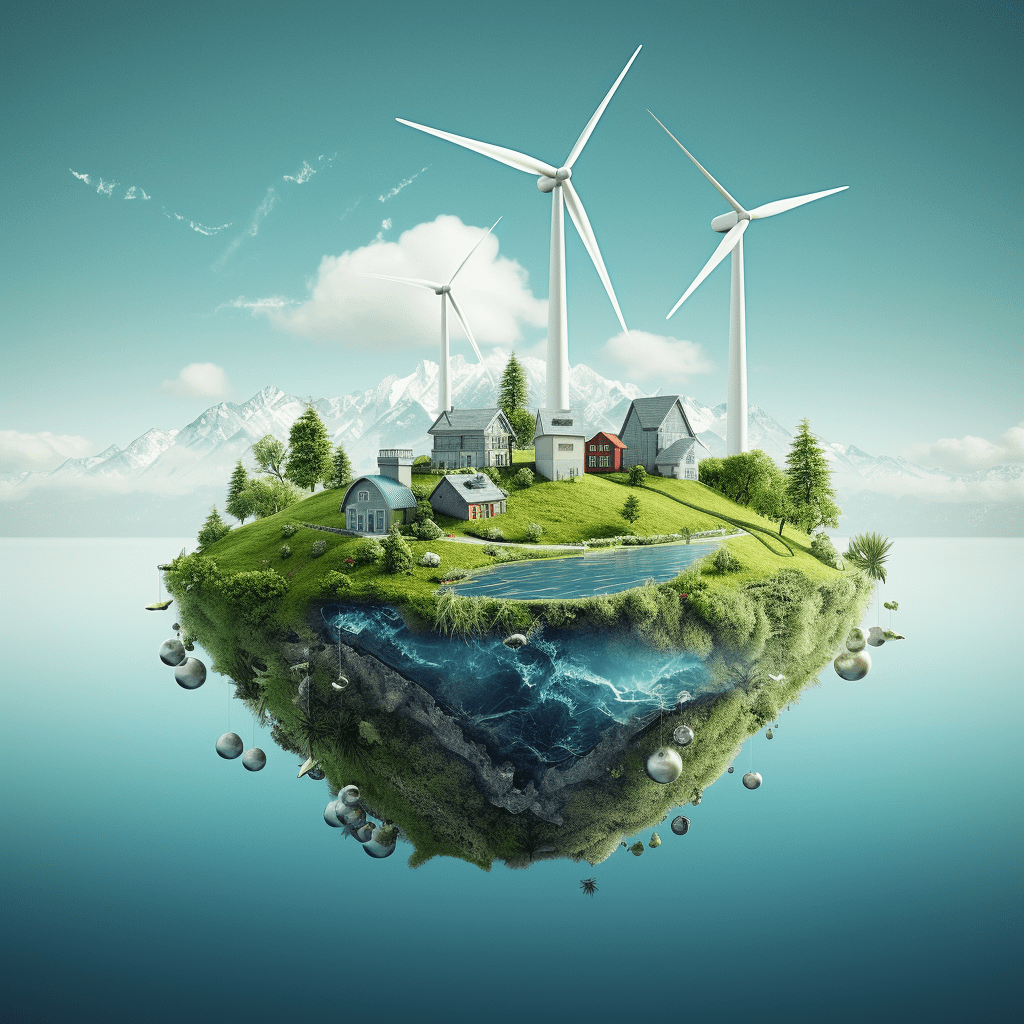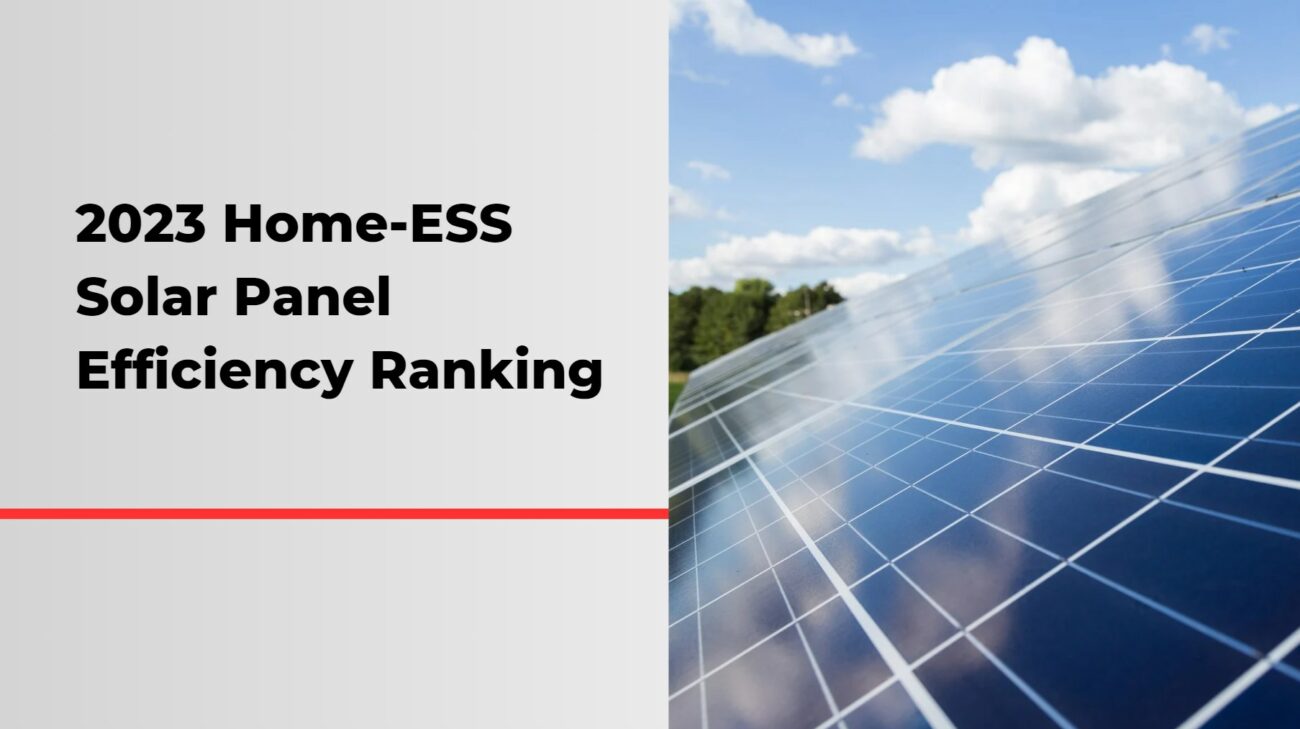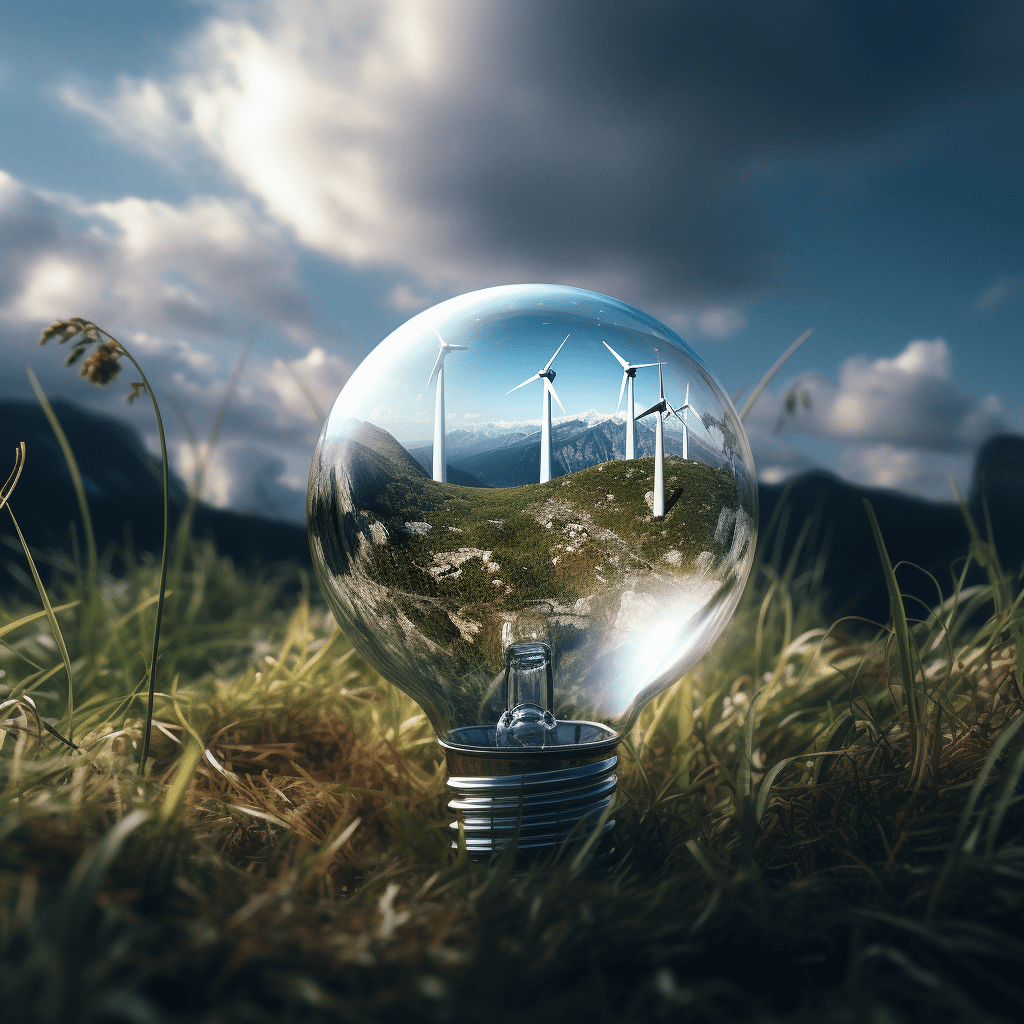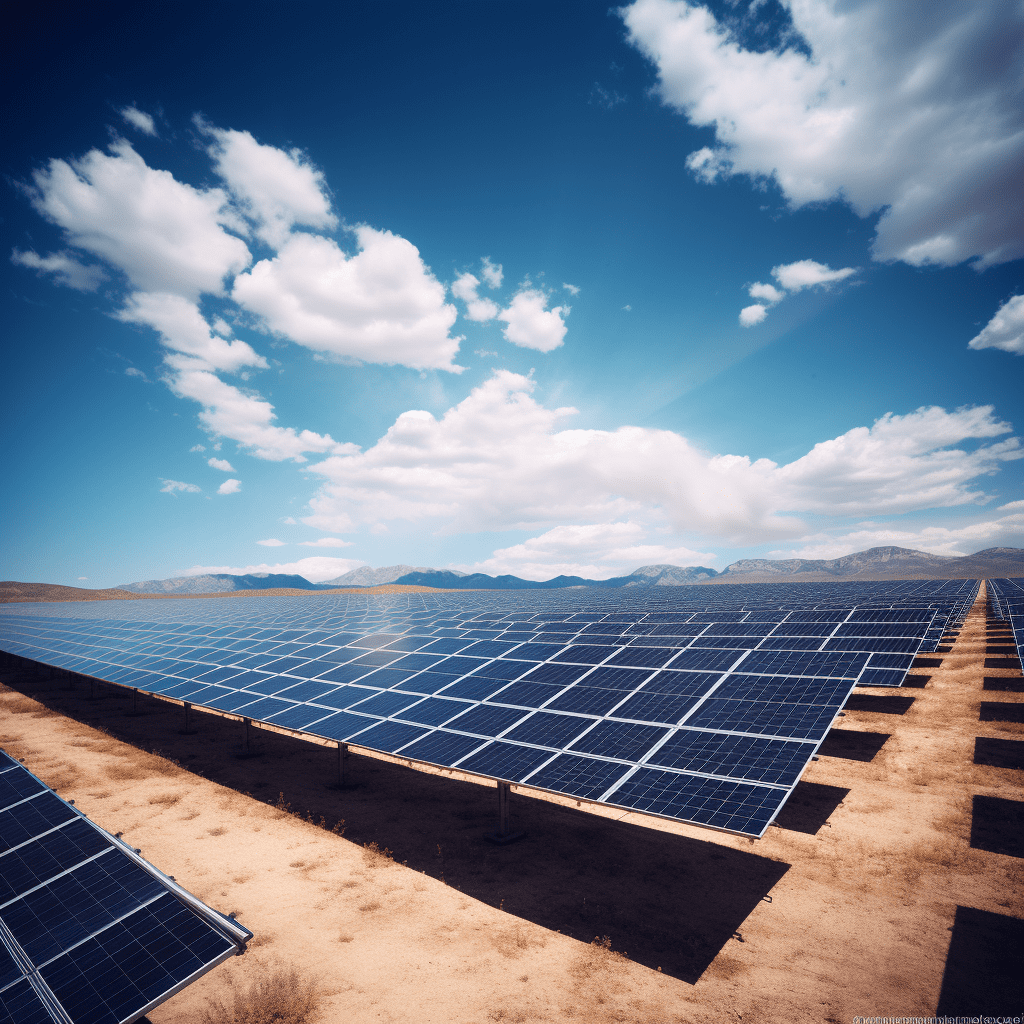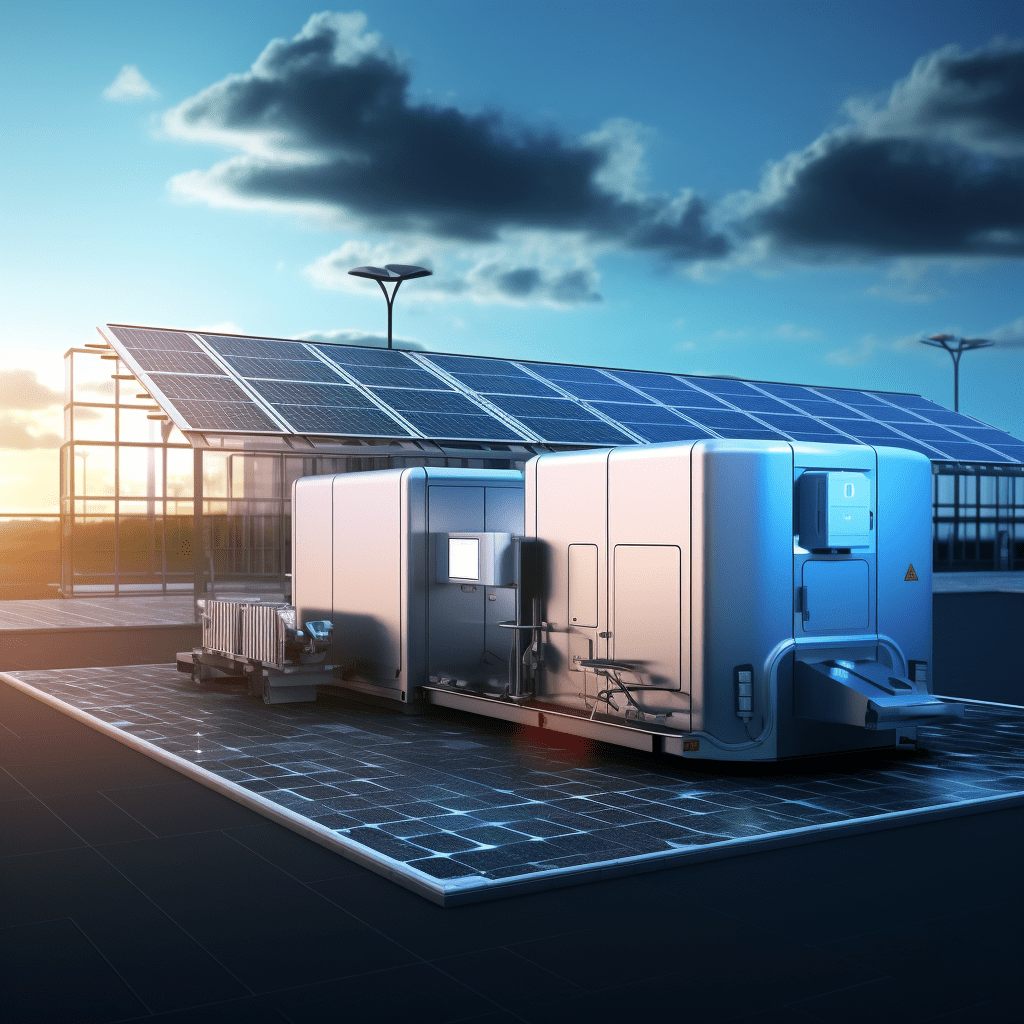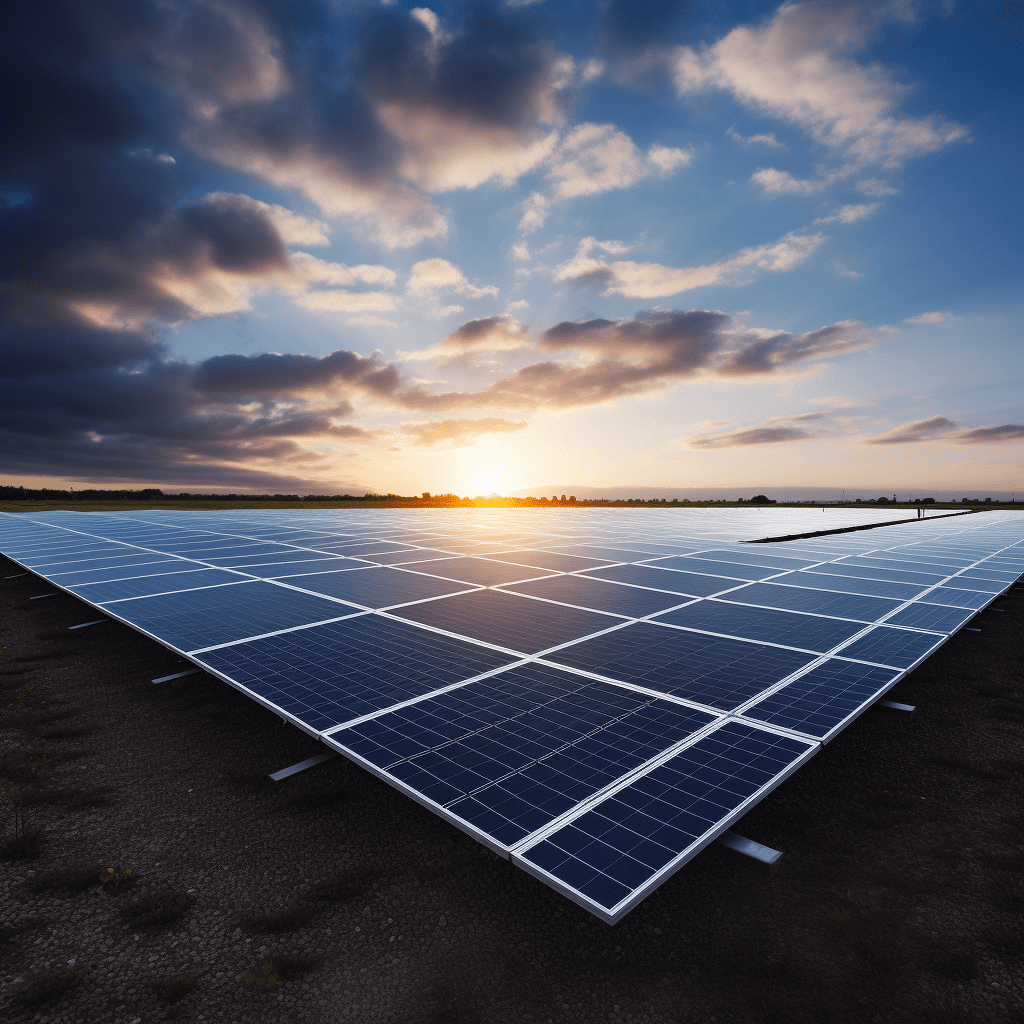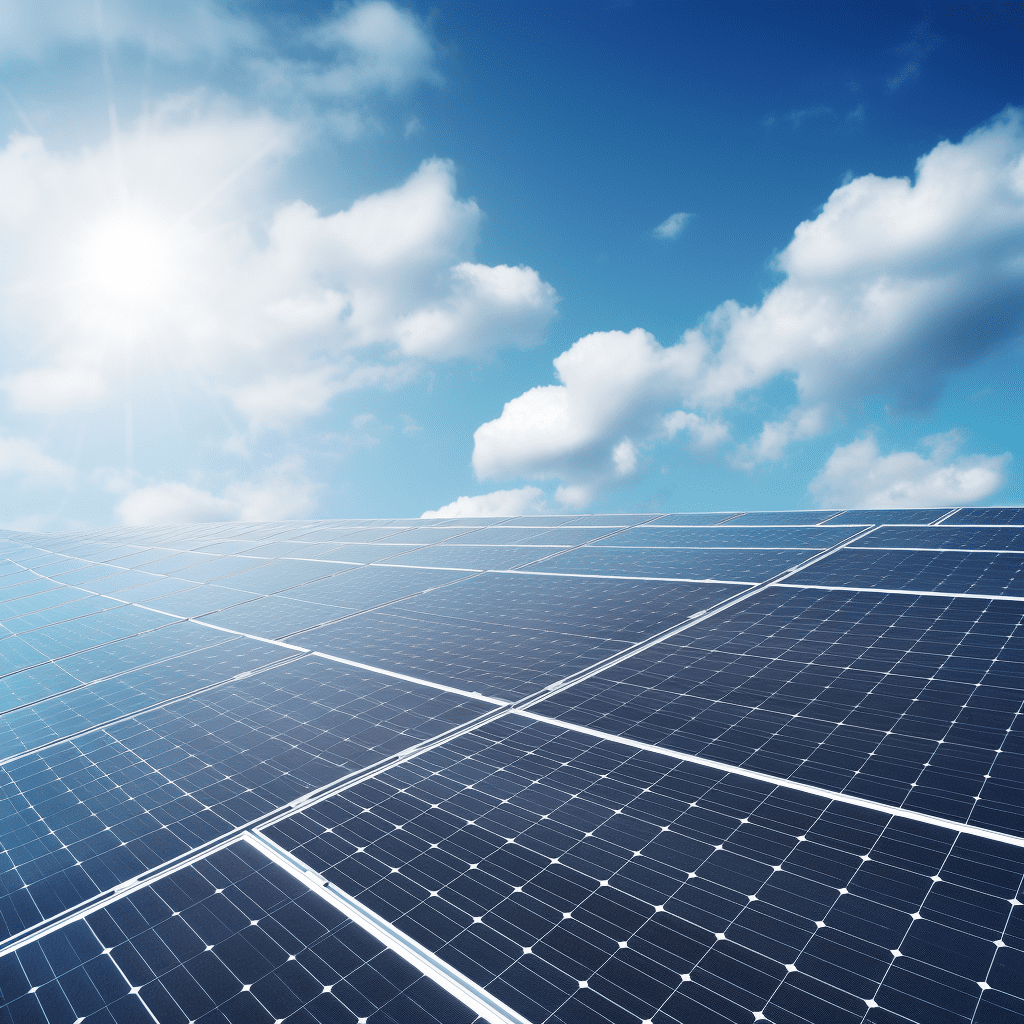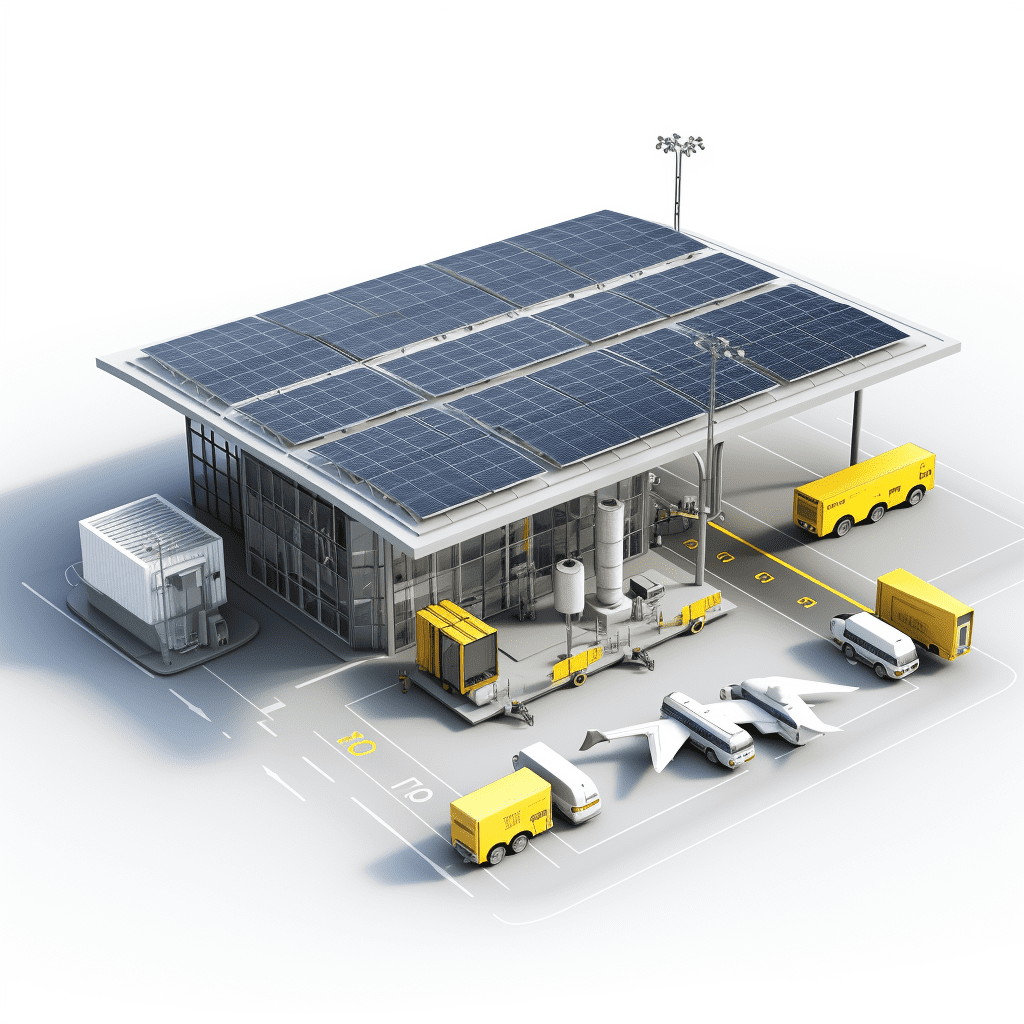A hybrid energy system combines two or more sources of energy generation, such as solar panels and wind turbines, to create a more reliable and efficient power supply. This approach leverages the strengths of each energy source, allowing for continuous electricity production even when one source is less effective, such as during cloudy days or calm winds.
How do solar and wind energy work together?
Solar and wind energy systems complement each other by generating power at different times. Solar panels produce electricity during sunny days, while wind turbines can generate power day or night, depending on wind conditions. By integrating both systems, users can achieve a more consistent energy supply throughout the year, reducing reliance on grid electricity.
What are the benefits of combining solar and wind energy?
Combining solar and wind energy offers several advantages:
- Increased Reliability: A hybrid system can provide power even when one source is unavailable.
- Higher Energy Production: Utilizing both sources can significantly boost overall energy generation.
- Lower Carbon Footprint: Reducing reliance on fossil fuels helps decrease greenhouse gas emissions.
- Cost Savings: By maximizing renewable energy use, homeowners can lower their electricity bills.
How can you optimize a hybrid energy system?
To optimize a hybrid energy system:
- Proper Sizing: Ensure that both solar panels and wind turbines are sized appropriately for your energy needs.
- Smart Controllers: Use advanced controllers that manage the flow of electricity between the two systems efficiently.
- Energy Storage Solutions: Incorporate battery storage to store excess energy generated during peak production times for use during low production periods.
- Regular Maintenance: Perform routine checks on both systems to ensure they are functioning optimally.
What are the costs associated with hybrid systems?
The costs of installing a hybrid solar and wind system can vary widely based on several factors:
- Initial Investment: The upfront cost for purchasing and installing solar panels and wind turbines may range from $10,000 to $50,000 or more, depending on capacity and technology.
- Maintenance Costs: Ongoing maintenance for both systems should be factored in; however, these costs are generally lower compared to traditional fossil fuel systems.
- Incentives: Many regions offer tax credits or rebates for renewable energy installations, which can help offset initial costs.
Top 5 Models in Hybrid Energy Systems
When considering hybrid energy systems, certain models stand out for their performance and reliability. Below is a comparison chart of top-rated models:
| Model Name | Power Output (W) | Type | Key Features |
|---|---|---|---|
| Sol-Ark 12K | 12000 | Hybrid | Battery backup capability |
| Tesla Powerwall | 5000 | Lithium-Ion | Seamless integration with solar systems |
| SMA Sunny Boy 3000 | 3000 | Modified Sine Wave | Secure Power Supply feature |
| Enphase IQ7+ | 2400 | Microinverter | High efficiency, modular design |
| Growatt SPF 5000ES | 5000 | Hybrid | Dual charging capabilities |
These models are recognized for their robust design and ability to perform efficiently under various conditions.
Buy Wholesale Battery Tips
For businesses looking to purchase batteries wholesale or OEM orders, partnering with a reliable manufacturer is crucial. Redway Battery is a great choice for battery wholesale buyers due to its extensive experience in producing high-quality lithium and lead-acid batteries.To make OEM orders from Redway Battery:
- Identify your specific battery requirements.
- Contact Redway’s sales team with your specifications.
- Discuss pricing and minimum order quantities.
- Finalize your order details and payment terms.
- Receive your customized batteries directly from the factory.
Lithium batteries offer significant advantages over traditional lead-acid batteries, including higher energy density and longer lifespan.
Industrial News
The integration of solar and wind technologies continues to gain traction as more consumers seek effective renewable solutions. Recent advancements in hybrid systems have led to improved efficiencies and reduced costs, making these solutions more accessible for residential use. Companies like Redway Battery are at the forefront of this innovation, providing dependable products tailored for various applications.
Redway Expert Views
“Combining solar and wind energy is an effective way to enhance power reliability,” states an expert from Redway Battery. “By leveraging both resources, homeowners can achieve greater efficiency in their renewable energy systems while contributing positively to environmental sustainability.”
FAQ Section
- What is a hybrid energy system?
A system that combines two or more sources of energy generation, such as solar panels and wind turbines. - How do solar and wind energy work together?
They complement each other by generating power at different times, ensuring consistent electricity supply. - What are the benefits of combining solar and wind energy?
Benefits include increased reliability, higher production rates, lower carbon footprints, and cost savings. - How can you optimize a hybrid energy system?
Proper sizing, smart controllers, battery storage solutions, and regular maintenance enhance performance. - What are the costs associated with hybrid systems?
Costs vary based on installation size but typically range from $10,000 to $50,000; incentives may apply.


